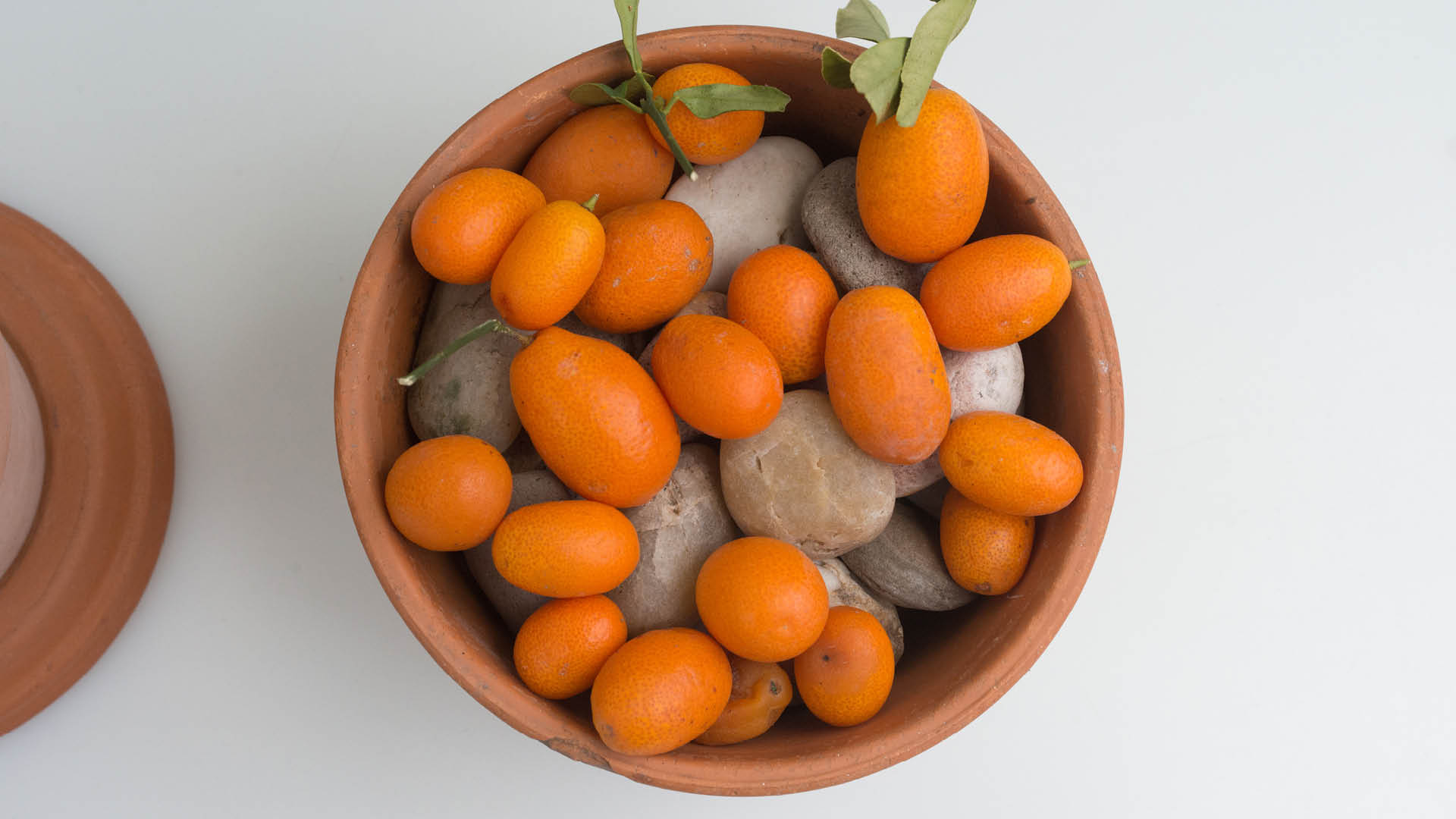Making a Film as a Constructive Way for Transcending Pain
Last Friday I flew to Chicago for the sole purpose of attending a screening of a short film my younger daughter Nastasya, an aspiring filmmaker, wrote and directed. Moreover, my older daughter Mia, an aspiring actress, played the main character in it. For both of them, this project is an epic achievement on many levels. Especially when it comes to doing something constructive as a way for transcending pain.
I came up with the concept of providing architectural services online when my younger daughter was leaving home for college. She graduated in June of 2017. Wearing a hat of Alla DIY Ally has been fun.
I am in the process of deciding what kind of an entrance/driveway gate is appropriate for a client’s property. Should it be an electric sliding gate or a bi-parting swing gate? The height is pre-determined by the local code and it cannot exceed 48”, which means that this gate will not function as a privacy or security barrier, but as a clear demarcation between public and private domains.
From the Ground Up: Pyramid Height Law in the Hamptons
Problems eventually morph into blessings in disguise. My ignorance of Pyramid Height Law and subsequent compliance with it led to a better-organized plan. I am grateful to the Building Department inspector who put me on the spot. Thanks to him, I literally turned the project around and it's much cleaner now.
Installing a Geberit In-Wall Concealed Tank for a Wall-Hung Toilet
A pre-school I worked on is finally under construction. There are lots of small details to address in the framing stage. Thankfully, I don’t need to worry about anything when it comes to plumbing — my favorite plumber Vadim Larkin is on the job. He just installed a Geberit in-wall concealed tank for a wall-hung toilet.
I spent last ten days in NY, working on the Hamptons’ project mostly. Thankfully, there was a window of time to enjoy the city and explore a couple of current exhibitions. Giacometti at the Guggenheim. “Heavenly Bodies: Fashion and The Catholic Imagination” at The Met Cloisters. I picked these two because of their architectural setting. For me, experiencing how the buildings complemented the shows was just as relevant.
Picturing Space in Planning Stages Is Easier With a Model
A project you designed, when built, may present itself in ways that were ultimately unpredictable. Picturing a space with a degree of certainty is an acquired skill, and a scaled model is an invaluable tool for training your eye. It just makes it much easier to imagine what a room will feel like, to anticipate the spatial experience within it.
Beyond Hacking: IKEA Is Introducing Handcrafted Limited Edition Collections
I appreciate IKEA’s trend of partnering with various companies to produce limited edition collections. For instance, a “splashy” new line with Dutch studio Scholten & Baijings capitalizing on a beloved DIY pastime of hacking off-the-shelf products. IKEA wants to be part of it too!
Casters at Target: Versatility of Furniture on Wheels
Having just come across a post advocating putting wheels or casters on furniture, I am thinking out loud. Enhancing versatility with casters is a terrific concept. Unless the piece in question is intended to be a certain height, like a desk, and it would be ergonomically awkward to raise it. Clearly, it’s always better to build in wheels right from the start, not as an afterthought.
Thoughtful Use of Space: Planning a Tiny Bathroom & Kitchenette
A generic statement, such as: “In this bright white modern space, the architect used clean lines, a minimalist palette, and simple shapes to create…” can succinctly describe my intentions for a tiny bathroom and adjoining kitchenette I am in the process of planning. Although it sounds formulaic, it’s anything but. Trends come and go; the object is to design with the site-specific requirements in mind.
Selecting Windows for a Built-in Window Seat Comes First
I’ve written extensively about a collaboration with a wonderful client while designing an in-home child-care facility. We successfully got the project approved by the City of Santa Monica. You can read about our process here, here, and here. Finally, it’s under construction; the client is selecting/purchasing windows for a built-in window seat at the moment.
As architect on demand, I help DIYers with design-related questions. But it doesn’t stop there. My career is my calling; the work is passionately intertwined with personal growth. Yes, the main focus is the design and construction of my own life centered on infusing every day with meaning, lived to the highest DIY standards of lifelong learning.
I’ve become a big fan of a Russian journalist Leonid Parfyonov recently. Watching weekly diary-format installments of his video blog Parfenon. Living vicariously through his reports of cultural news including visits to art exhibits, theater performances, and architectural landmarks. As someone born in St. Petersburg, I've been glued to a computer screen for hours watching Parfyonov-narrated tele-documentaries, paying attention to his interpretation of the history and present state of affairs in Russia. My latest obsession is the inspiring film about the work of Professor Sergei Prokudin-Gorskii, an inventor and a pioneer in the field of color photography.
Passion for Learning: Life as Work-In-Progress
Second installment of the workshop felt like the fastest three hours ever! In awe with the participants’ commitment, I admired and respected their passion for learning — the way they were striving to stretch their comfort zone — developing, acquiring knowledge and expanding existing skills. It made me think of life as work-in-progress.
Generating a Parti? Try a New Way of Organizing Thoughts
Although nervous and uncomfortable promoting my own system, I’m compelled to recommend it. I teach a strategy of organizing thoughts aimed at generating a parti, a launch pad for an architectural design. The process is quite simple; it’s outlined in my how-to ebook DIY Like an Architect: 11-step method.
















